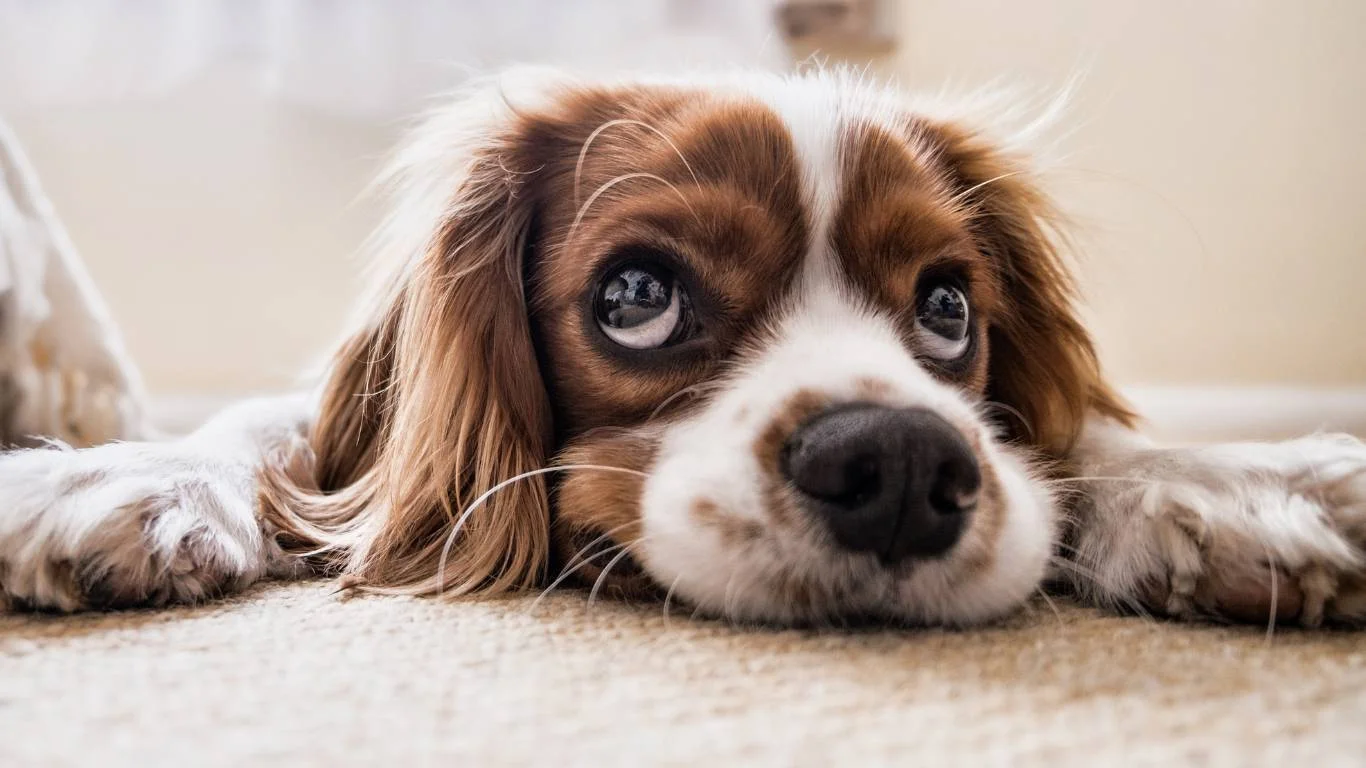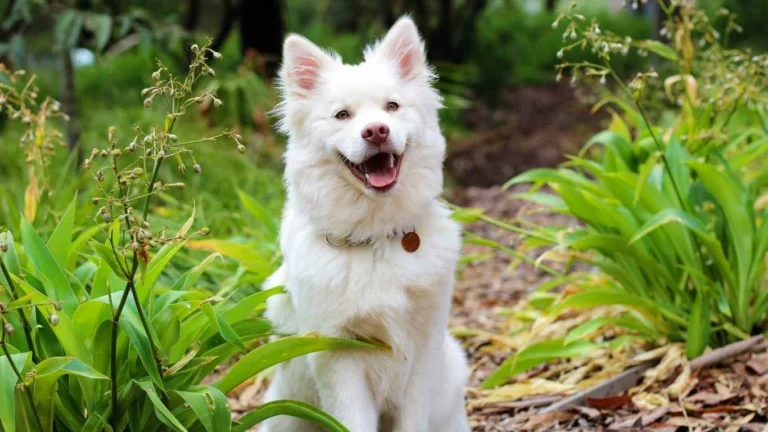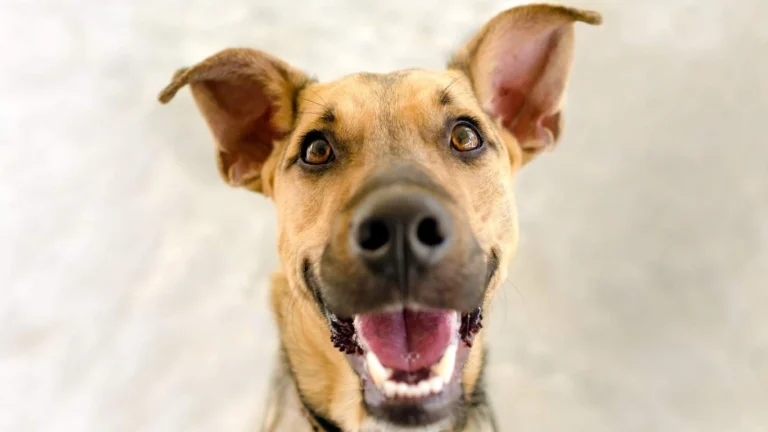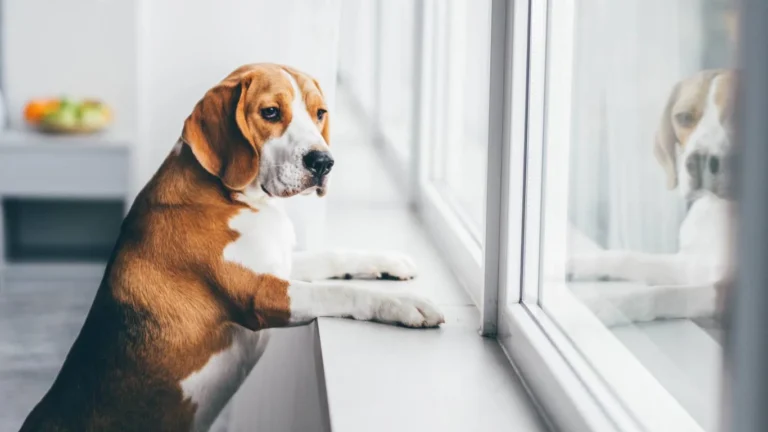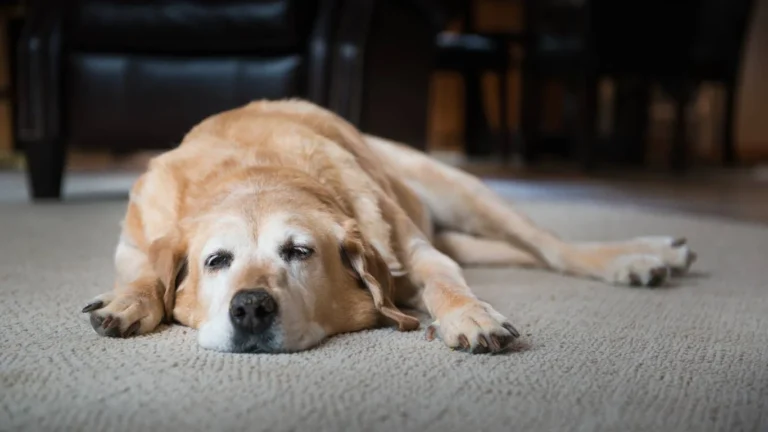What Causes a Dog’s Fur to Turn Red or Rusty? Expert Insights
If you’ve ever noticed your dog’s fur suddenly taking on a reddish or rusty tint, you might have wondered, what causes a dog’s fur to turn red or rusty? It’s a pretty common concern among dog owners, and from my years working as a Veterinary Assistant focusing on nutrition, I’ve seen this happen more often than you’d think. Sometimes it’s harmless, but other times, it’s a sign of something deeper going on with your furry friend’s health. Let’s dive into the reasons behind this curious color change, what it means, and what you can do about it.
Why Does My Dog’s Fur Change Color?
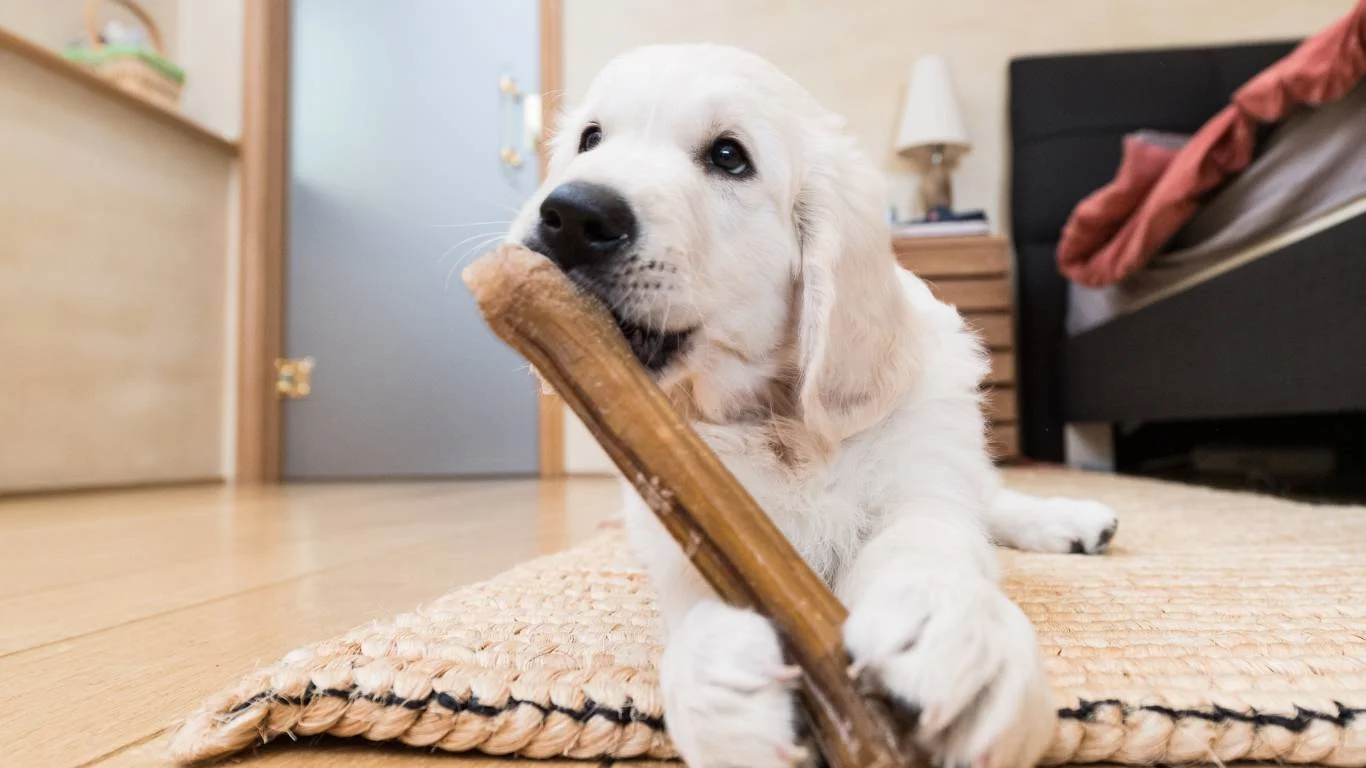
First off, it’s important to understand that a dog’s coat color can naturally change over time due to age, breed characteristics, or even seasonal changes. However, when you see a sudden or unusual red or rusty hue, it’s often linked to other factors that affect the fur’s condition and appearance.
Environmental Factors
One of the most common culprits I’ve noticed is environmental exposure. Think about it: dogs love rolling in the grass, digging in the dirt, or swimming in ponds. All these activities can introduce natural stains or dirt that cling to the fur. Sunlight also plays a major role; the sun’s rays can bleach out a dog’s fur, sometimes turning darker shades into reddish or rusty tones.
Staining from Tears and Saliva
Now, here’s where it gets interesting—and a bit tricky. Have you seen those telltale reddish-brown stains under a dog’s eyes or around their mouth? That’s usually caused by porphyrins, natural pigments found in tears and saliva. When these pigments accumulate, they react with bacteria and air, causing the fur to take on a rusty or reddish stain.
In my experience, small breeds and dogs with light-colored fur seem especially prone to these stains. While it’s mostly cosmetic, sometimes excessive tearing or licking could point to allergies or dental issues, which is why it’s always worth mentioning to your vet.
Underlying Health Issues That Can Cause Fur Discoloration
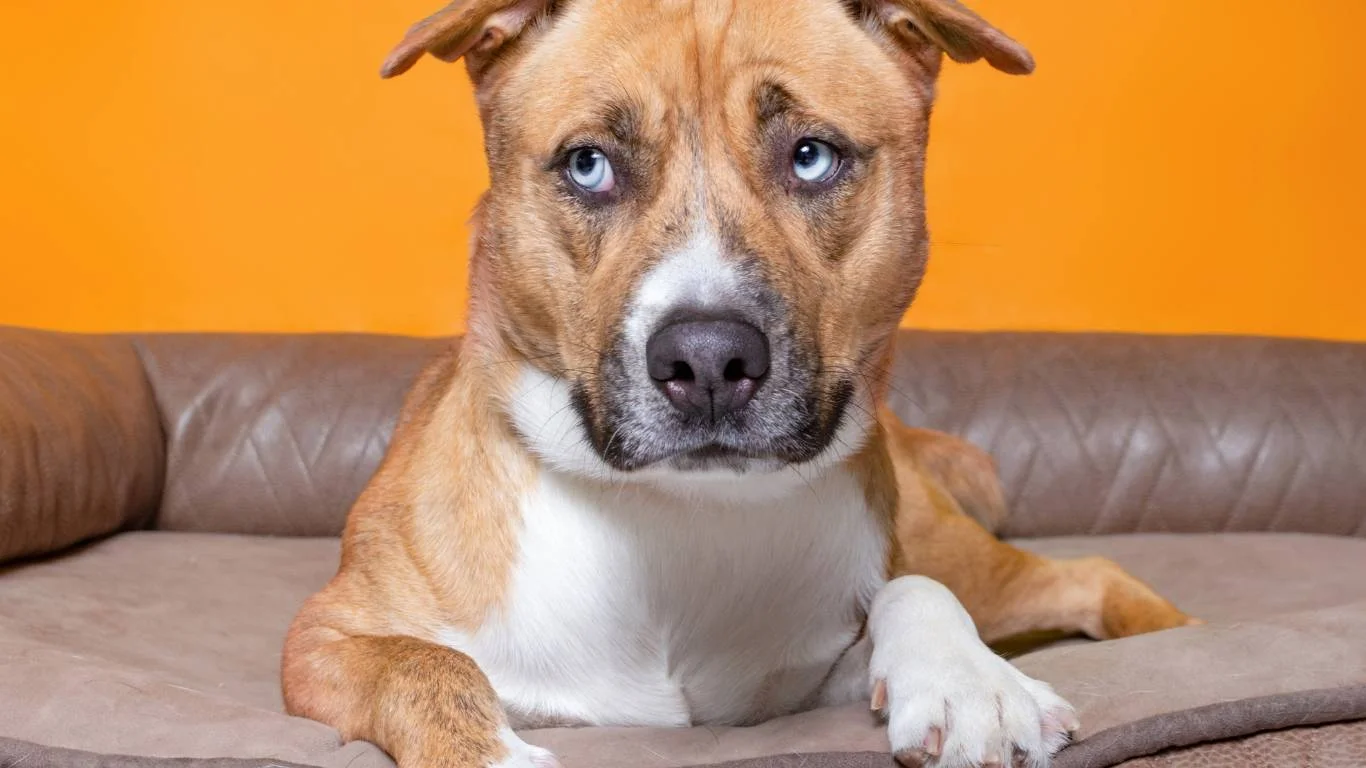
Aside from external factors, there are health reasons that can make a dog’s fur turn red or rusty. As a veterinary assistant, I’ve seen cases where this color change was actually a clue to underlying problems, so don’t just brush it off.
Skin Infections and Parasites
Bacterial or yeast infections on the skin often cause inflammation, irritation, and changes in fur color. When your dog scratches or licks the infected area a lot, it can worsen the staining. Mites or fleas, which cause itching and inflammation, can also indirectly lead to this rusty fur appearance.
Allergies
Allergies are another big reason. Whether it’s food-related or environmental allergens like pollen and dust mites, allergic reactions cause dogs to scratch and lick excessively. This constant moisture and trauma can lead to staining and changes in fur texture and color. From what I’ve seen, managing allergies through diet changes and medication often helps reduce the reddish discoloration over time.
Nutrition and Diet Influence
This is a spot where my background in veterinary nutrition really comes into play. Sometimes, a dog’s coat quality and color reflect what they’re eating. Poor nutrition or deficiencies in certain nutrients—like omega fatty acids, vitamins, or minerals—can cause dull coats or color changes. I always recommend high-quality diets with balanced nutrients to keep fur healthy and vibrant.
How Can You Tell If It’s Serious?
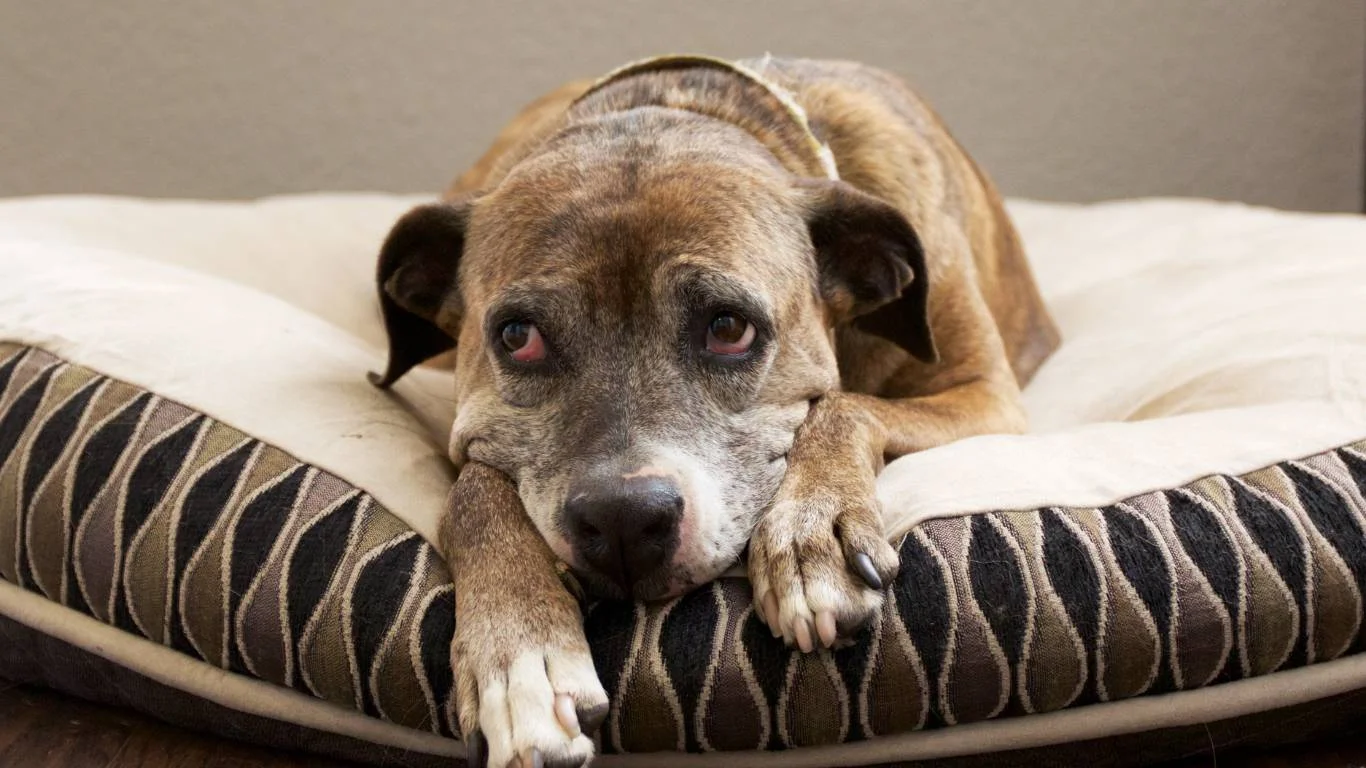
It can be tricky to figure out if your dog’s rusty fur is just a cosmetic thing or a sign of a bigger problem. Here are some things to watch for that suggest a vet visit is in order:
- Excessive itching or scratching that doesn’t improve
- Hair loss in patches
- Foul odor from the coat or skin
- Redness or inflammation of the skin
- Changes in behavior or appetite alongside the fur change
In my experience, early vet intervention can prevent minor issues from turning into major ones. Plus, the sooner you identify the cause, the faster you can help your dog feel comfortable and look their best.
Practical Tips to Manage and Prevent Rusty Fur
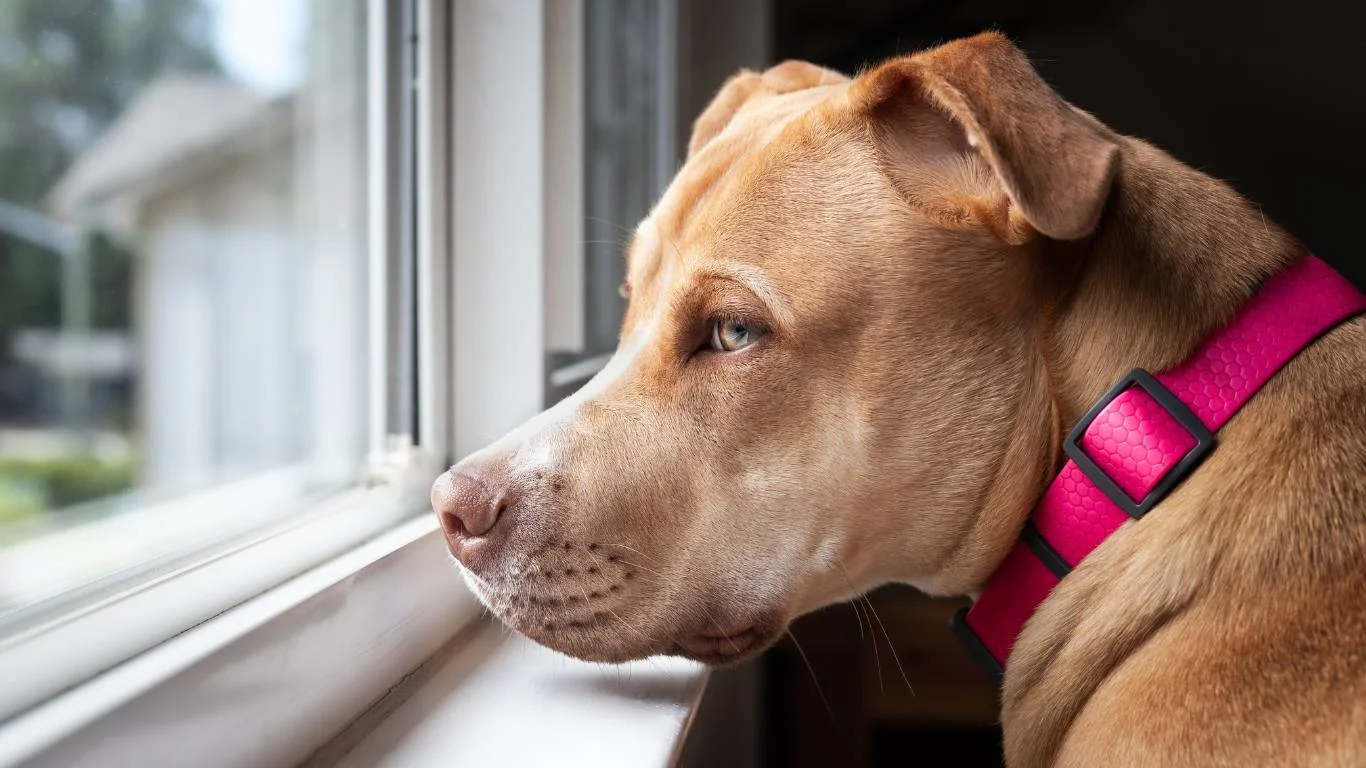
So, you’re wondering how to handle that rusty tint in your dog’s fur? From my hands-on experience as a Veterinary Assistant focusing on nutrition, I can tell you that the key is consistency and a little detective work. It’s about understanding what causes a dog’s fur to turn red or rusty and tackling the root causes, not just the surface stains.
Regular Grooming and Bathing
First things first: regular grooming is your best friend. I’ve often advised pet owners to keep up with brushing to remove dirt, debris, and loose fur. This helps prevent buildup that can dull or stain your dog’s coat. Depending on your dog’s breed and lifestyle, bathing should be done every few weeks using a gentle, hypoallergenic shampoo that won’t strip natural oils.
But heads up: overbathing can backfire by drying out the skin, which might cause more irritation and staining. In my experience, striking the right balance here is crucial.
Cleaning Tear Stains Effectively
Tear stains are a classic cause of that rusty discoloration around the eyes. Over the years, I’ve worked with many dogs dealing with this issue, especially small or light-colored breeds like Maltese or Poodles. Using a soft, damp cloth or specially formulated wipes to gently clean the fur around the eyes daily can make a huge difference.
Additionally, keeping the eyes clear of irritants like dust or pollen helps reduce tearing. Sometimes, vets recommend dietary supplements or changing to a high-quality, low-irritant diet if tear stains become persistent.
Diet and Supplements for a Healthy Coat
Nutrition really is a game-changer. When a dog’s diet lacks essential fatty acids like omega-3 and omega-6, their fur can become dry, dull, and more prone to discoloration. During my time assisting in veterinary clinics, I’ve seen several cases where introducing fish oil or flaxseed oil supplements noticeably improved the coat’s shine and reduced redness.
Feeding your dog high-quality, well-balanced food that suits their specific needs can prevent nutritional deficiencies that might contribute to the rusty fur problem. If you’re unsure about your dog’s diet, chatting with a vet nutritionist can provide tailored advice.
When to See the Vet for Fur Color Changes
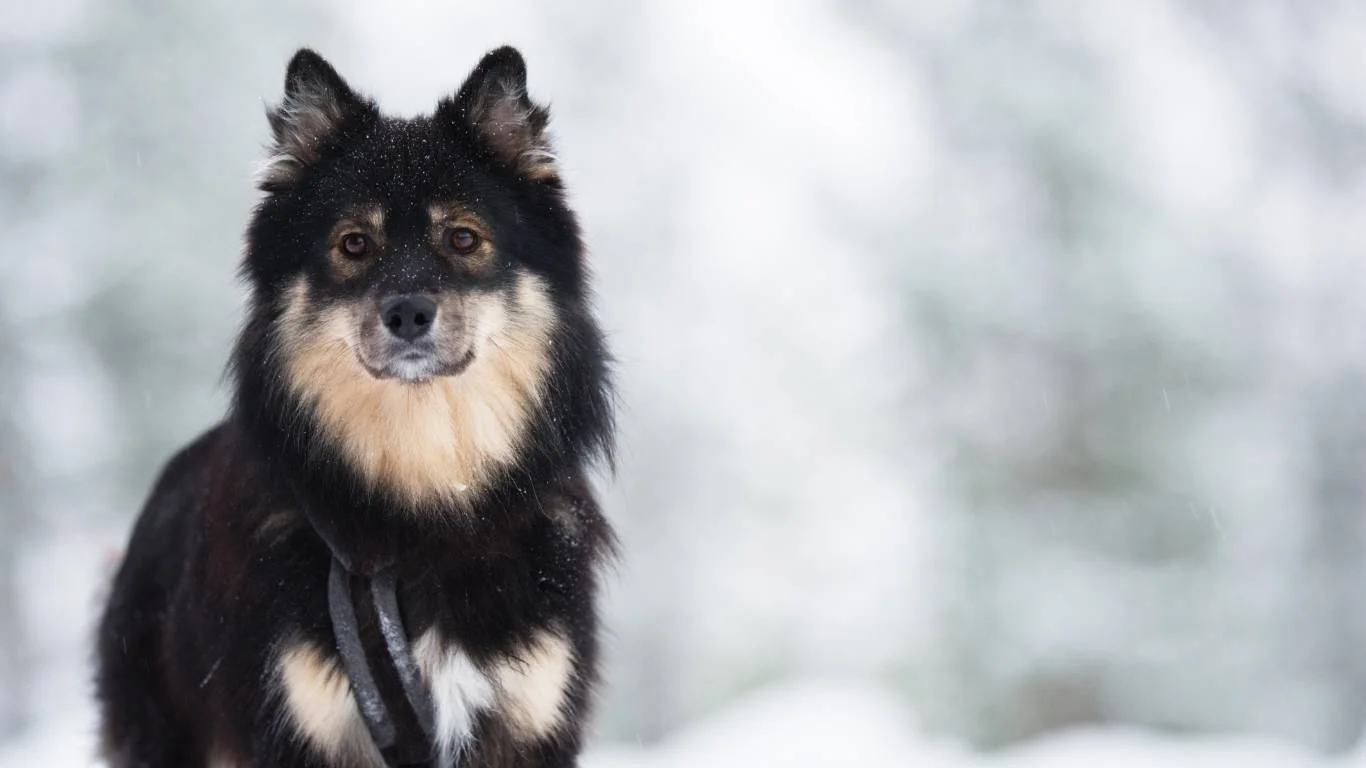
Sometimes, the rusty fur is more than just a cosmetic issue—it can signal an underlying medical problem that needs professional attention. From my observations in clinics, a few warning signs should prompt a vet visit sooner rather than later:
- Persistent or worsening discoloration despite good grooming habits
- Accompanying symptoms like itching, hair loss, or skin redness
- Unusual odors coming from the coat or skin
- Behavioral changes such as increased lethargy or loss of appetite
At the clinic, vets typically perform skin scrapings, allergy tests, or blood work to rule out infections, allergies, or hormonal imbalances. These steps are crucial to ensure the right treatment plan is in place and that the fur color returns to normal safely.
Addressing Allergies and Infections
Managing allergies often involves a multi-pronged approach including diet changes, medications, and sometimes allergy shots. From my experience, when owners commit to the treatment plan, dogs tend to show improvement not only in fur color but overall comfort.
For infections, topical or oral medications prescribed by the vet help clear up the problem and prevent recurring stains caused by excessive licking and scratching.
Maintaining a Healthy Coat: Beyond Color
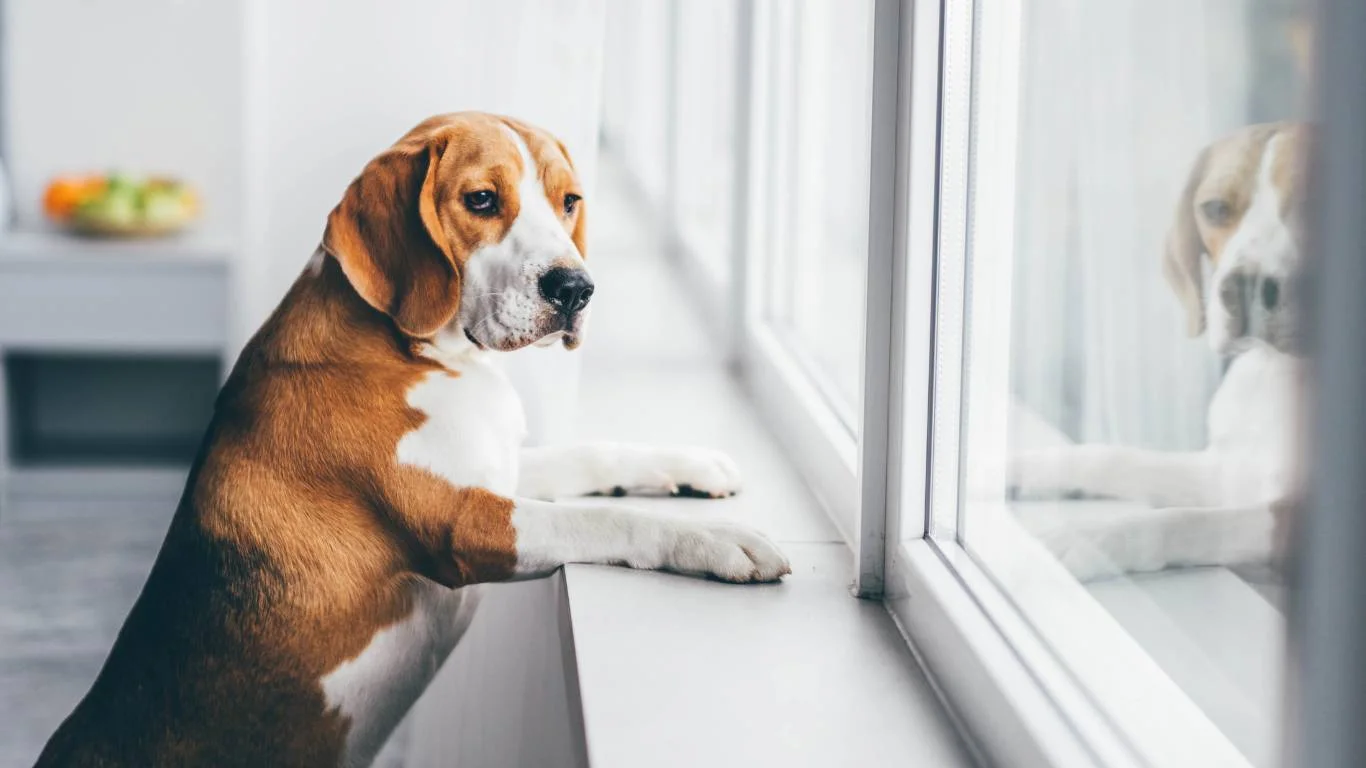
Taking care of your dog’s coat goes beyond just dealing with the rusty red stains. Healthy fur reflects your dog’s overall well-being. During my years assisting veterinarians, I’ve learned that a shiny, vibrant coat often points to good nutrition, proper grooming, and a stress-free environment.
Hydration and Exercise
Hydration plays a surprisingly big role. Dogs need plenty of fresh water to keep their skin and coat hydrated. Dehydration can dry out the skin, leading to flaky patches and discoloration. Also, regular exercise keeps blood flowing and helps distribute natural oils through the fur, contributing to a healthy shine.
Stress and Coat Health
Stress or anxiety can impact a dog’s skin and coat health too. I’ve seen stressed dogs develop behavioral issues like over-grooming, which causes redness and staining. Keeping your dog mentally stimulated and emotionally happy goes a long way in preventing these issues.
In the next part, we’ll explore specific home remedies, advanced veterinary treatments, and lifestyle adjustments that can help keep your dog’s coat vibrant and free from those rusty hues.
Home Remedies and Lifestyle Changes to Combat Rusty Fur
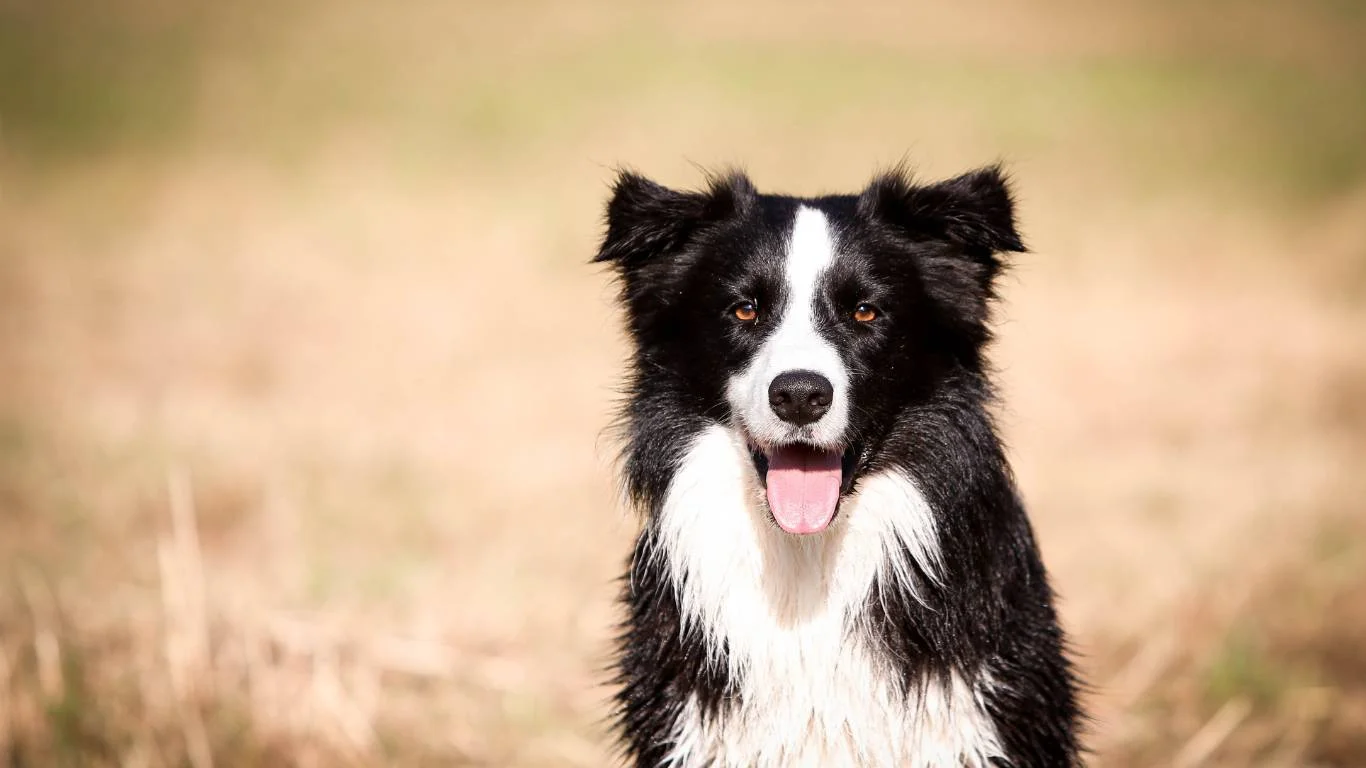
After working closely with dogs over the years, I’ve picked up a bunch of practical, vet-approved home remedies that really help when dealing with rusty fur. While these don’t replace professional care, they often make a noticeable difference, especially when combined with proper nutrition and vet visits.
Natural Tear Stain Solutions
Tear stains can be stubborn, but gentle cleaning daily is a game-changer. I recommend using a clean, soft cloth dampened with warm water or specially formulated tear stain wipes designed for dogs. Avoid harsh chemicals or anything with alcohol — those can irritate your dog’s sensitive skin.
Some pet parents swear by natural ingredients like diluted apple cider vinegar or chamomile tea rinses to lighten stains, but be cautious and always do a patch test first. If your dog has sensitive eyes or skin, these should only be used sparingly or avoided altogether.
Diet Tweaks That Help From Within
In my experience, improving diet quality is one of the most impactful steps. Switching to grain-free, low-allergen food or adding supplements like omega-3 fatty acids from fish oil can reduce inflammation and improve skin and coat health.
Adding fresh veggies rich in antioxidants, like sweet potatoes or carrots, supports the immune system and can help fight off infections that contribute to fur discoloration. Always introduce new foods slowly and watch for any reactions.
Keeping Fur Dry and Clean
Moisture trapped in the fur—especially around the eyes, mouth, and paws—can encourage bacteria and yeast growth, leading to staining and irritation. After baths or outdoor adventures, gently drying these areas helps prevent rust-colored patches.
From what I’ve seen assisting in clinics, using a soft microfiber towel or a pet-safe dryer on low heat makes a difference without stressing out your pup.
Advanced Veterinary Treatments for Persistent Fur Discoloration
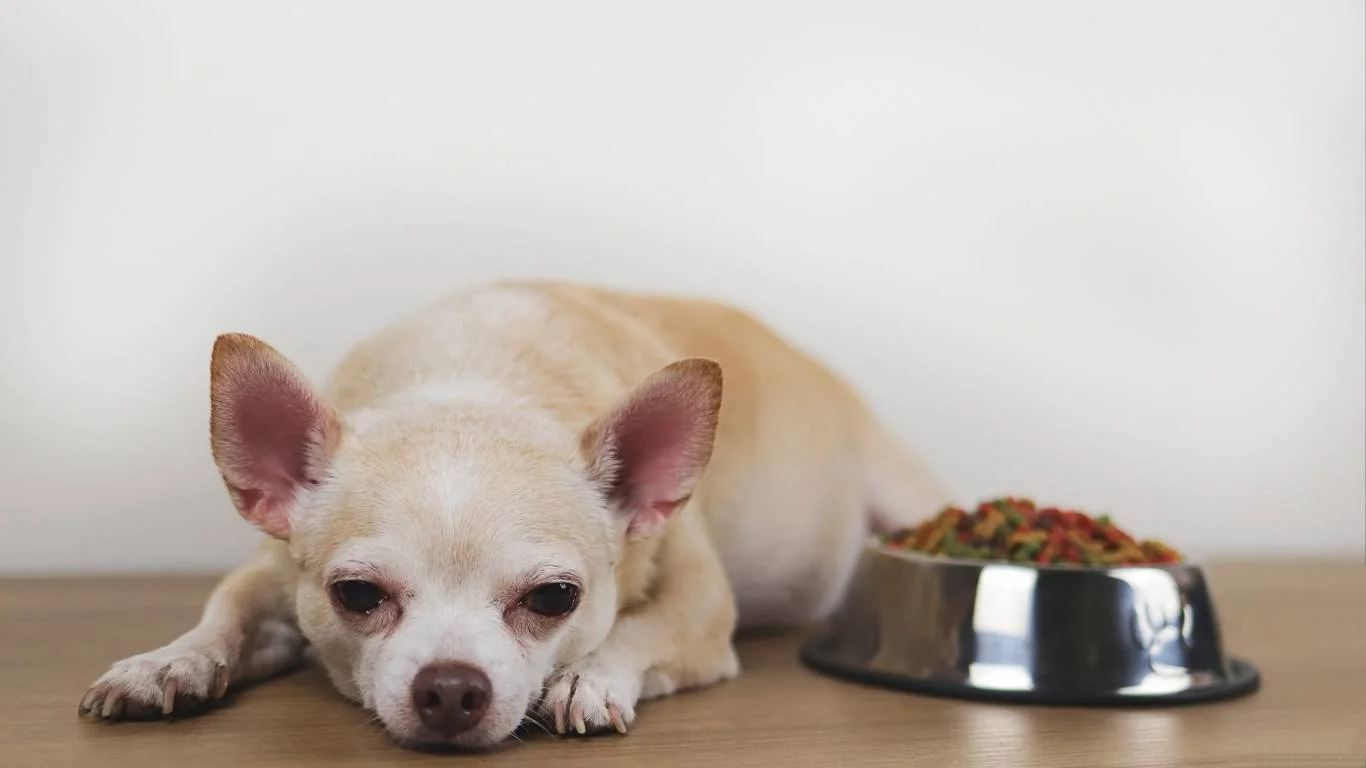
Sometimes, despite your best efforts, that rusty fur just won’t budge. This is where professional help really steps in. Veterinarians have a variety of tools and treatments to address the underlying causes effectively.
Medicated Shampoos and Topical Treatments
If your dog has a skin infection or allergy causing the discoloration, vets often prescribe medicated shampoos containing antifungal or antibacterial ingredients. These not only help clear the infection but also reduce the inflammation and staining caused by excessive licking or scratching.
In addition to shampoos, topical ointments or sprays may be recommended to soothe irritated skin and promote healing.
Allergy Testing and Immunotherapy
When allergies are the main suspect, allergy testing can pinpoint the exact triggers. This can be a game-changer, allowing targeted treatment rather than a shotgun approach. Immunotherapy, sometimes called allergy shots, can desensitize your dog’s immune system to specific allergens, reducing symptoms and improving coat condition over time.
Prescription Diets and Supplements
Veterinarians may recommend special diets formulated for skin health and allergy relief. These diets often contain novel protein sources and are rich in essential fatty acids. I’ve seen many dogs improve dramatically on these prescription diets, not just in fur color but also in overall vitality.
Final Thoughts on What Causes a Dog’s Fur to Turn Red or Rusty
To wrap things up, the question what causes a dog’s fur to turn red or rusty? isn’t one-size-fits-all. It can be a mix of environmental factors, natural pigmentation, nutrition, or underlying health issues. From my hands-on experience as a Veterinary Assistant with a nutrition focus, addressing this issue means looking at the whole picture: grooming habits, diet, health, and lifestyle.
Pay close attention to your dog’s behavior, coat condition, and any other symptoms that might hint at deeper problems. Early intervention, whether at home or with a vet, helps keep your dog comfortable and their coat beautiful.
References
- American Animal Hospital Association
- American College of Veterinary Internal Medicine
- American Kennel Club
- American Veterinary Medical Association
Disclaimer
This article is intended for informational purposes only and does not replace professional veterinary advice. If your dog’s fur is changing color or you notice any unusual symptoms, please consult your veterinarian for an accurate diagnosis and appropriate treatment.
